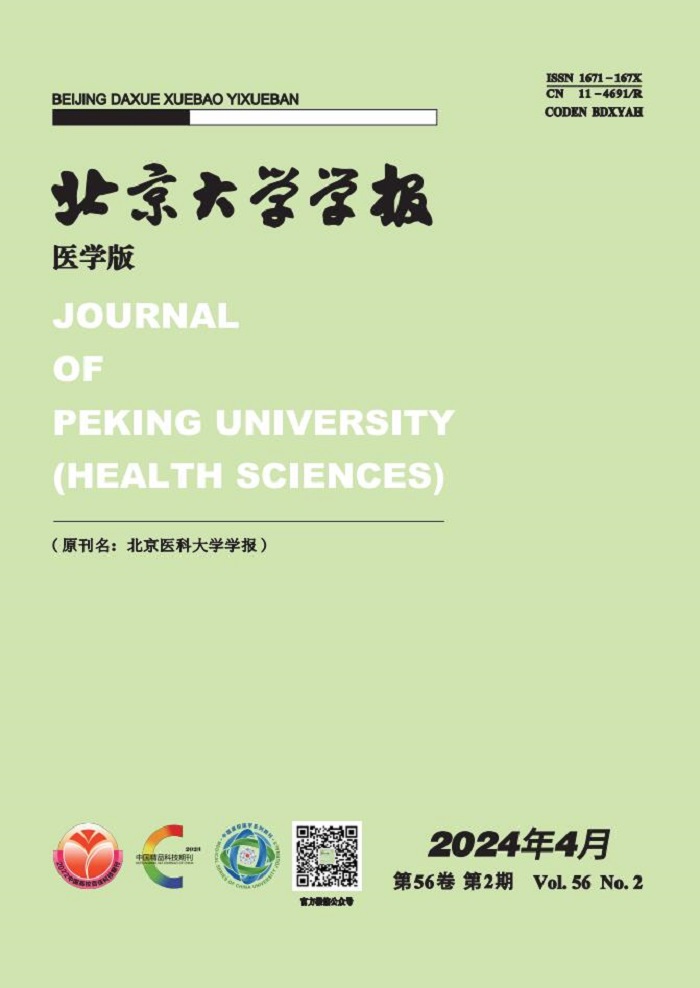Objective: To investigate the relationship between marked hyperferritinemia (MHF) and hemophagocytic lymphohistiocytosis(HLH). Methods: The clinical data of 123 patients with MHF admitted to Peking University People’s Hospital from January 2017 to September 2018 were collected, including demographics, baseline characteristics, signs and symptoms, blood routine, blood biochemistry, coagulation function parameters, such as prothrombin time (PT), activated partial thromboplastin time (APTT), fibrinogen (Fib), d-dimer (D-D), fibrin degradation product (FDP), blood ferritin, natural killer (NK) cell activity, soluble interleukin (IL)-2 receptor and bone marrow examination. According to the diagnosis of HLH, the patients were divided into HLH group and non HLH group. The patients were divided into death group and survival group according to the 3-month follow-up results. The groups were compared and statistically analyzed. Results: In the 123 patients with MHF, the average age was (44.2±17.4) years with a male/female ratio of 1.3 ∶1. The most common causes were hematolo-gic malignancies, rheumatologic and inflammatory disorders, iron overload, and HLH. HLH was enriched as the ferritin increased, and the HLH ratios were 28.8%, 40.0%, 54.5%, 50.0%, 50.0% in ferritin value of 10 000-19 999, 20 000-29 999, 30 000-39 999, 40 000-49 999 μg/L,more than 50 000 μg/L respectively. There were 46 cases of HLH, among which 15 cases were secondary to malignancies,14 cases secondary to rheumatologic disorders, 2 cases secondary to infection, and 15 cases with no clear precipitating cause. There were significant differences between the HLH group and non-HLH group in hepatomegaly, splenomegaly, lymphadenectasis, albumin (ALB), fibrinogen(Fib), P<0.05, and no significant differences in age, gender, fever, disturbance of consciousness, ferritin level on presentation, maximum ferritin level, cytopenia in 2 or more cell lines, alanine aminotransferase (ALT), aspartate aminotransferase (AST), total bilirubin (TBIL), direct bilirubin (DBIL), triglyceride (TG), coagulation parameters (PT, APTT, D-D, FDP, exception of Fib), and mortality rate (P>0.05). There were significant differences between the death group and survival group in disturbance of consciousness, platelet count, PT, TBIL, and DBIL (P<0.05), but no significant differences in age, gender, fever, hepatomegaly, splenomegaly, lymphadenectasis, ferritin level on presentation, maximum ferritin level, neutrophils, hemoglobin, ALT, AST, ALB, TG, coagulation parameters (Fib, APTT, D-D, FDP, exception of PT) and the HLH ratio (P>0.05). Conclusion: HLH was enriched as the ferritin increased, but marked hyperferritinemia was not specific for HLH in adults.




